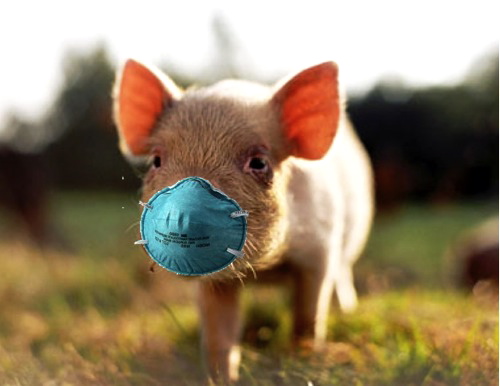



Article by: Hari Yellina
Throwing money on the problem of Australia’s biosecurity will not solve it. This was the consensus of experts speaking at the ABARES Outlook conference on how to best protect the country against pests and diseases now that the borders were reopened. With Japanese encephalitis confirmed in a Victorian piggery as well as piggeries in NSW and Queensland this week, the conversation was reminded of biosecurity’s clear and present danger. This mosquito-borne virus, which has the potential to infect pigs and horses, has been discovered for the first time on the mainland. JEV infections can also be carried by humans through mosquito bites, according to acting chief medical officer Dr. Sonya Bennett.
At this time, there are no proven human instances in Australia, although the matter is being investigated. Dr Bennett added, “We are aware that many instances of encephalitis of unknown source have been detected in NSW, Victoria, and South Australia in the last month.” Kathleen Plowman, the CEO of Animal Health Australia, told the ABARES conference that the national experience with COVID-19 had exposed “gaps” in our border protection. Ms. Plowman also stated that the country’s response to the epidemic could improve future biosecurity efforts. If disease “incursions, not just for humans,” she said, the investment in vaccine manufacturing could help.
She speculated that if an unwelcome animal disease appeared, those vaccine developers might be called upon to assist. Even though more than $1 billion is available this year to finance biosecurity protection, Australia’s director of biosecurity, Andrew Metcalfe, says that future strategies are needed to better target investment. “Biosecurity must change to meet globalisation’s future needs,” he stated. Even nearly tripling investment in interventions through 2025, according to CSIRO modelling, would result in greater residual biosecurity risk compared to 2014-2015 levels. Malcolm Letts, Queensland’s chief biosecurity officer, stressed the necessity of greater data collection and the development of new technology.
There was also talk about the emergence of “citizen science” and enlisting the support of the general people in early detection and response. Pest weeds cost NSW’s economy $1.8 billion in lost agricultural productivity each year, according to the state’s new three-yearly State of the Environment Report. Weeds were a constant issue, according to NSW Farmers spokesman Craig Mitchell, while wild dogs, deer, and pigs were all damaging forces in their own right, each requiring a coordinated management approach. “As farmers, we do our part by spraying weeds and erecting fences to keep wild animals away,” he added, “but it’s hard to accept when you’re next to public land and the pests keep coming from there.”
Since 2018, more than 300,000 hectares have been added to NSW’s public reserve system, bringing the total to 9.6% of the state’s land area. “We had one guy up in the northern rivers describe animals being attacked by wild canines reproducing in neighbouring state forests, and you call up and report the problem, but it just gets worse.” NSW Farmers has urged for landowners to be allowed to handle pests and weeds on public properties adjacent to their own, as well as stronger compliance action against landowners who do not make an attempt. According to the CSIRO, Australian administrations have long recognised the necessity for a coordinated biosecurity approach that builds on the natural protection afforded by being an island nation.